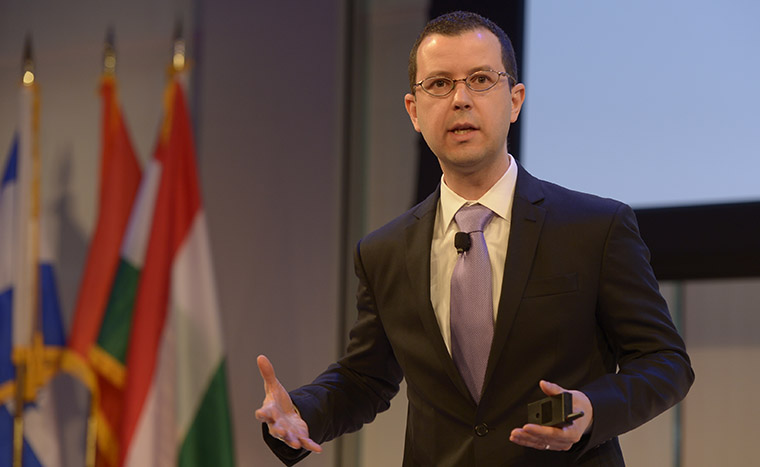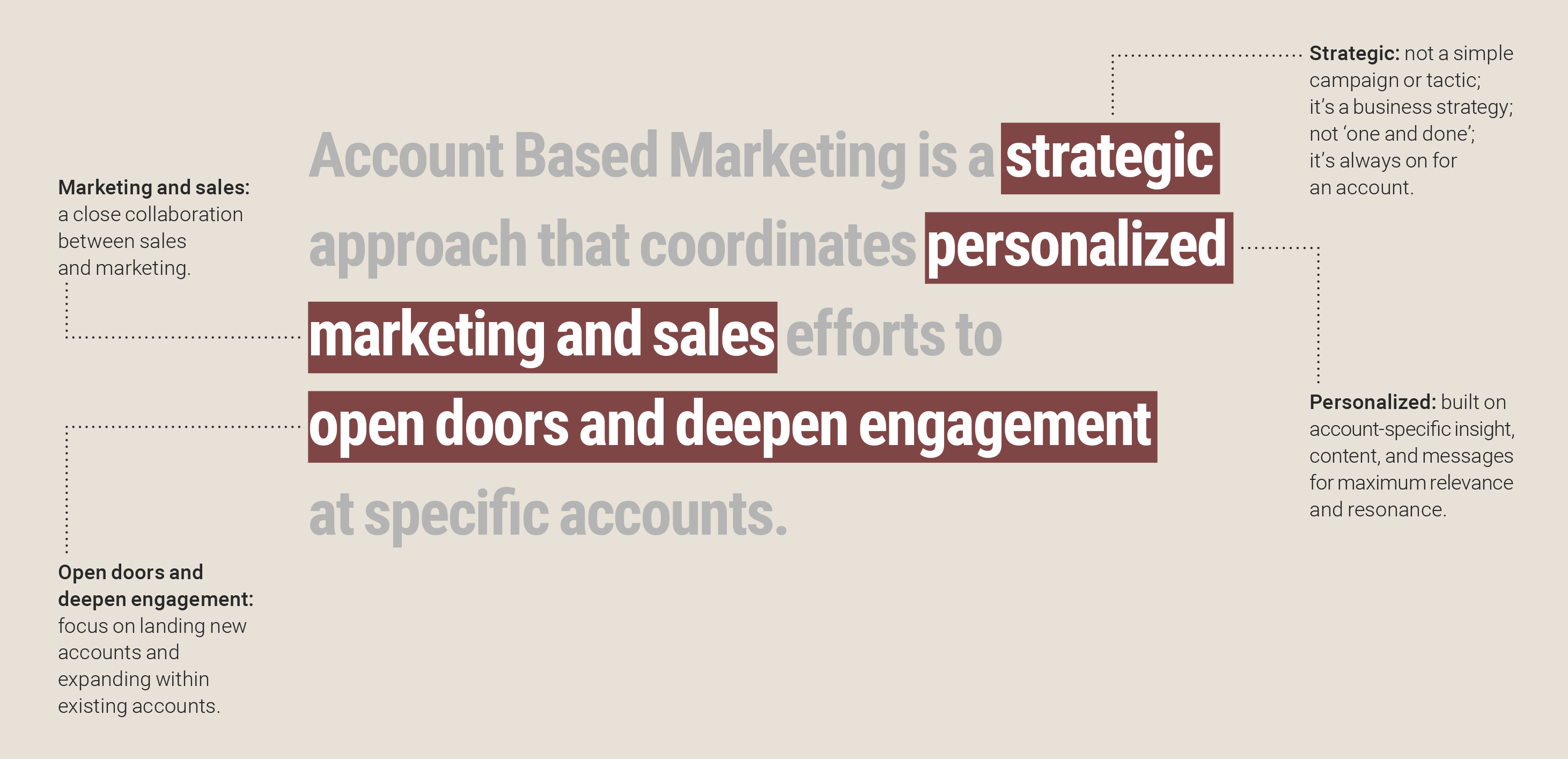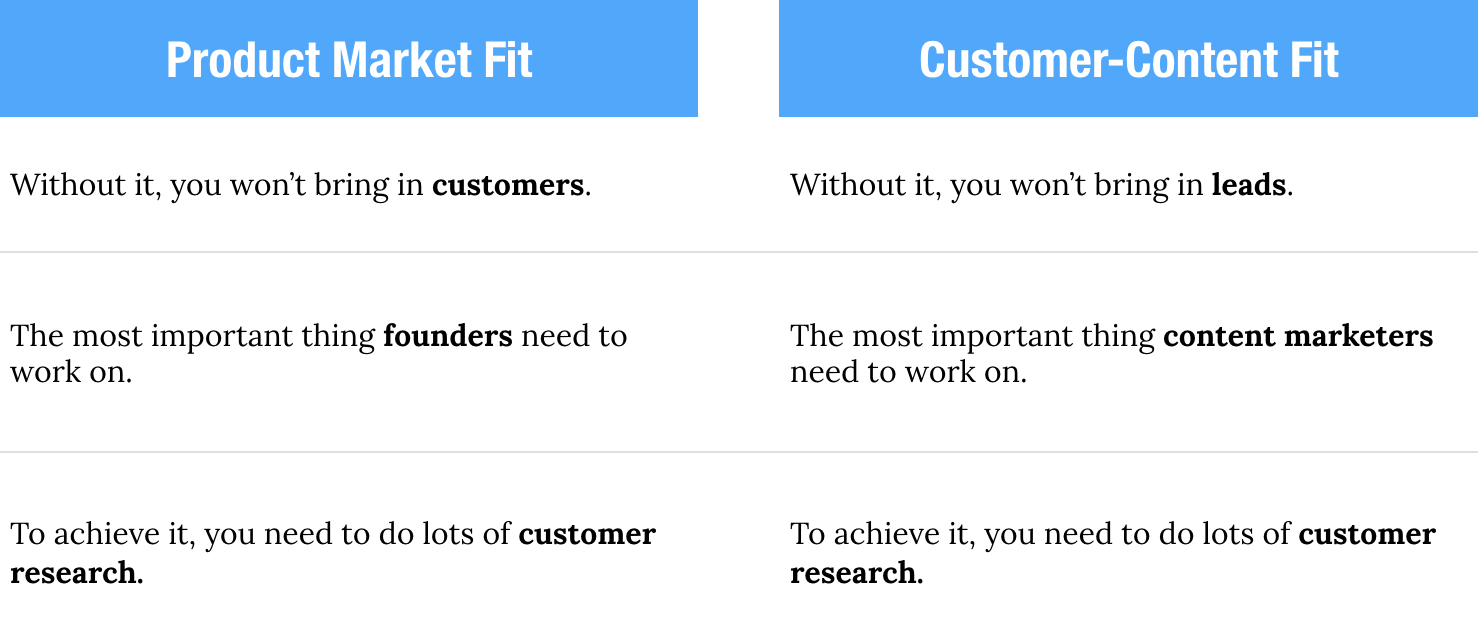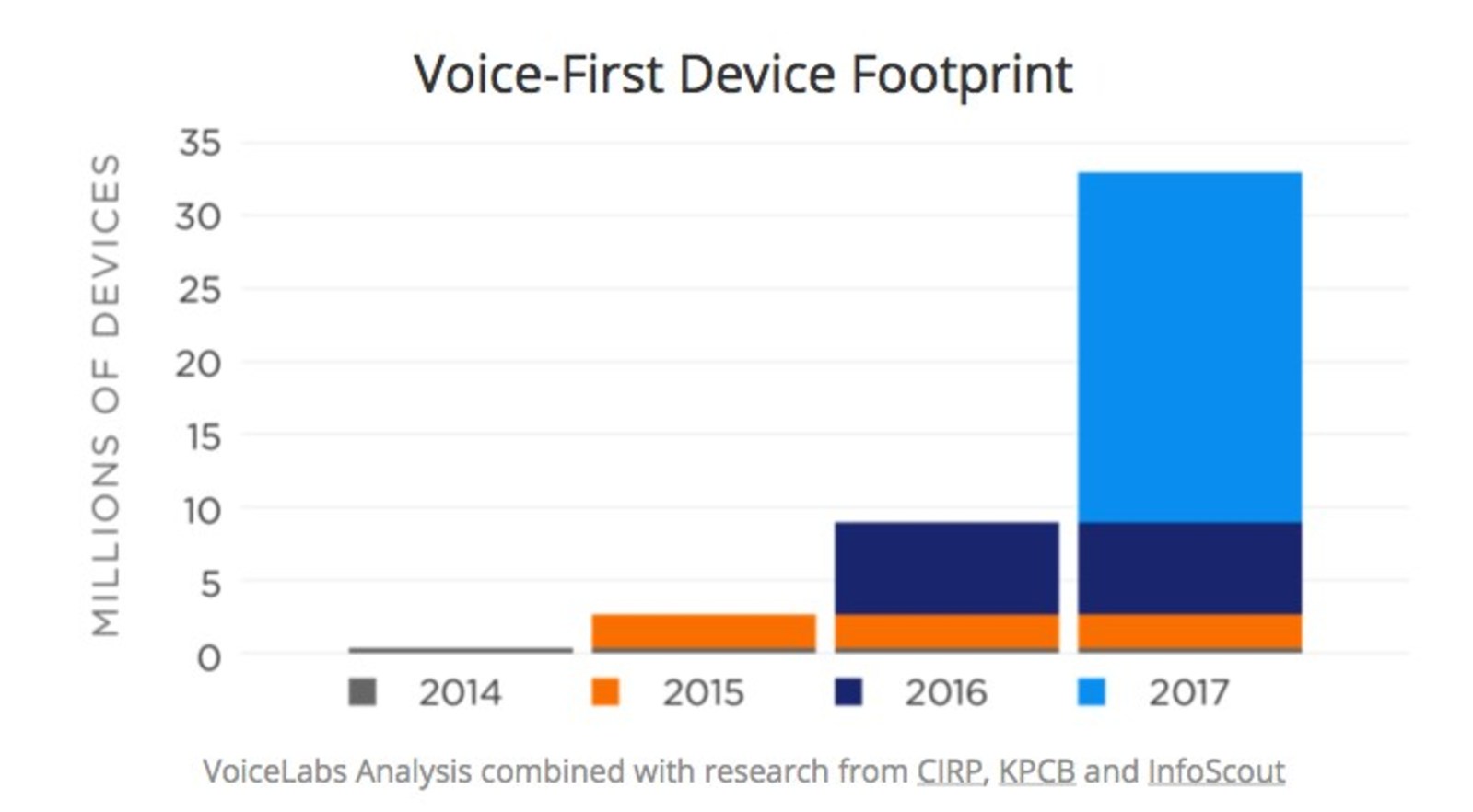More than two million blog posts are published every day.
Every minute of that day, Twitter users send 350 thousand Tweets, and YouTube users upload 400 hours of new video.
The internet is oversaturated with content.
Additionally, the use of ad blockers rose by 30% last year, PPC is increasingly competitive, and organic visibility on social media is in serious decline.
These issues have all combined to make digital marketing more complex than ever.
To top it all off, tried-and-true marketing strategies are starting to plateau or fail altogether.
Peter Caputa, CEO of Databox, spent 10 years of his career convincing companies of the power of inbound marketing before declaring last month that the traditional approach doesn’t work anymore.
Video courtesy of Databox: Mobile-First Business Analytics Platform
Why?
The traditional approach to inbound marketing is redundant.
Marketers read articles describing how [business] used [technique] to drive [result], and everyone replicates the strategy.
This copy-paste approach to marketing has grown tiresome for consumers. As Caputa says:
“You can’t stand out by copying a methodology that’s used by tens of thousands of other companies. Buyers tune out marketing methods that look like everyone else’s, especially if you’re following the playbook your top five or five hundred competitors are following.”
The most successful marketers in the future will be those who are willing to innovate, think beyond best practices, and develop their own unique strategies for success.
2018’s digital marketing trends will be focused on using data to discover ways to stand out.
In an article for Think with Google, Harvard Business School professor and brand consultant Thales Teixeira makes a bold statement: “The advertising industry is broken.”

Thales Teixeria speaking at the INMA World Congress May 2017.
Teixeira argues that most ads are ineffective because advertisers are using a “spray and pray” approach.
Instead of using technology to target the right audience with the right ads, they’re wasting money delivering ad campaigns to mass audiences, praying the message connects with some small percentage.
The result:
The best practices of marketing often utilise this same spray and pray approach.
Marketers publish case studies that highlight the benefits of video marketing, and brands lay off their entire editorial staff to “pivot to video.” Marketers publish case studies that say long-form content ranks higher in search, or that you have to publish a new blog post every day to keep readers engaged.
In turn, brands fill their blog posts with fluff and publish low-quality content to meet the “ideal blog post length” and “ideal publishing frequency.”
The reality is that no advertising or marketing approach works across the board for every company, every audience, and every campaign. What works are initiatives that meet the needs of your audience?
To execute successful campaigns, you must:
Data drives innovation.
If you read a case study about how one company increased traffic, engagement, and revenue using video marketing, try out video marketing, and use an analytics platform to measure results – perhaps you could use Ruler Analytics, if you aren’t already! 🙂
If you want to know the ideal blog post length or publishing frequency, publish blog posts of different lengths and in different frequencies, and use data to identify what resonates with your audience.
You might find that your audience isn’t interested in watching videos.
You might find your prospects prefer 200-word blog posts over 5,000-word mini-manifestos.
With data, you can discover these things before you overhaul your entire marketing strategy to chase a tactic that doesn’t work.
Data-driven insights are incredibly valuable, but they’re impossible to arrive at if you’re blindly following the rules written by other marketers.
To succeed with marketing in 2018 and beyond, you must be willing to explore your own ideas, test them, and use data to develop your own unique set of best practices.
ABM marketers conduct thorough research on key decision-makers at target accounts, and they use that research to develop outbound campaigns designed to speak to the specific audience needs.

Image Source: Account-Based Marketing – The Next Evolution of B2B Marketing
The results of ABM are impressive: 97% of marketers who have tried ABM say it results in a higher ROI, companies who’ve adopted ABM report as much as a 40% increase in contract values, and brands have reported close rates increasing as much as 285% after adopting the model.
To survive and succeed as inbound marketing declines in effectiveness, content marketing must target a specific, qualified audience.
At Ruler Analytics, we used this approach to close the same number of deals in the first half of 2017 as we did for the whole of 2016.
By mining the data from our own system and its integration with Pipedrive, we discovered that a specific segment was 1.4 times more likely to convert than others.
We shifted our marketing approach to fully target that segment, and in the two months following the shift, our monthly recurring revenue grew 2.5 times faster than it did in the two months prior.
Devesh Khanal, the co-founder of Grow and Convert, calls this the customer-content fit – taking the time to identify the right customer and publishing content that is written specifically for that customer.

Image Source: Customer-Content Fit: A Framework for Producing Content That Attracts Customers
Content marketing must be more than just finding keywords, creating content, posting links to social media, and hoping something connects with someone who’s in the market to buy what you’re selling.
This approach may drive traffic, but it doesn’t drive qualified traffic that generates leads and builds revenue.
What it does, instead, is encompass a lot of budget and effort that produces little ROI.
To achieve a customer-content fit, content marketers must conduct detailed research on their ideal prospects—just like an ABM marketer would do for key contacts at target accounts.
The learnings from that research must then be applied to every sentence of every piece of content published.
Content marketing in 2018 must be targeted, personalized, and valuable to your audience for it to rise above the noise, drive engagement with the right people, and continue to reign as king.
According to Google, 20% of searches are already conducted using voice search, and that number is predicted to reach 50% by 2020.
Voice will have major impacts on content marketing and SEO.
Purchases of Google Home and Amazon Alexa devices are predicted to exceed 24 million this year, and Alexa was already Amazon’s best-selling product during the 2016 holiday season.

Image Source: The 2017 Voice Report Predicts More Than 24 Million Amazon Echo and Google Home Devices Will Be Sold This Year
Additionally, after a recent Google patent, it was predicted that Google will use personal assistants to recommend products. Voice will have major impacts on advertising.
And in recent Internet of Things (IoT) news, Google Assistant is being added to several new LG home appliances.
People will use voice and personal assistants to control their devices, electronics, and appliances.
These new technologies will open the door for innovative marketing and advertising.
Voice and IoT provide marketers with an ideal opportunity for innovation.
Simon Penson, founder and Managing Director Zazzle Media, is already building a voice team to develop and implement best practices for voice search SEO and get ahead of the curve.
Video courtesy of Zazzle Media
His advice:
“We know from the minds of the most informed experts that voice is developing quickly and that it clearly offers significant benefits to its users. When those two key things combine, alongside a lowering cost to the technology needed to access it, it creates a tipping point that only ends one way: in the birth of a new era for computing. Such a thing has massive connotations for both digital and wider marketing, and it will pay to have first-mover advantage.”
Marketers who are struggling with a languishing ROI and looking for new ways to stand out should take time to research the likely implications of voice and IoT on digital marketing and advertising.
Getting in early while most are still ignoring the trend will allow marketing teams to develop best practices for the mediums, earn industry credibility by sharing some of those best practices with the wider marketing community, and retain their edge by keeping the most effective approaches confidential.
Those that don’t will fall into the trap of acting on the best practices published by others, engaging in strategies that consumers have already been trained to ignore.
In 2018 and the years that follow, marketing must adapt to rapidly shifting consumer preferences.
Thanks to Google and mobile phones, consumers have learned that they can access the information they need the moment they need it with just a few clicks, or audible words.
This has led to a culture of impatience for brands that don’t deliver, and failing to deliver has lasting impacts.
Marketers who take time to innovate and personalise will stand out in the crowded digital marketing industry, earning attention and engagement. That engagement will manifest itself as increased revenue and greater marketing success.
The starting point for innovation and personalisation is data. Implement systems that allow you to collect audience data, take time to mine it for valuable insights, and don’t be afraid to shift based on what you learn even, and especially if it goes against what everyone else says you should do.
[activecampaign]